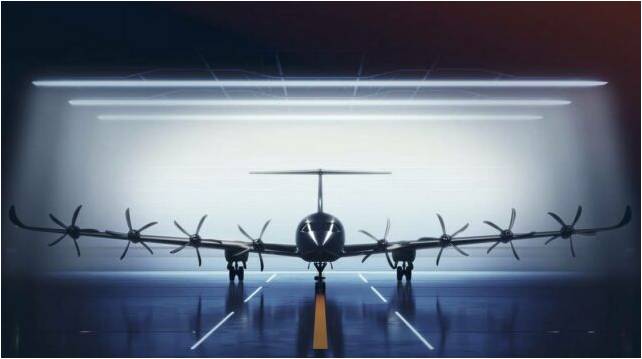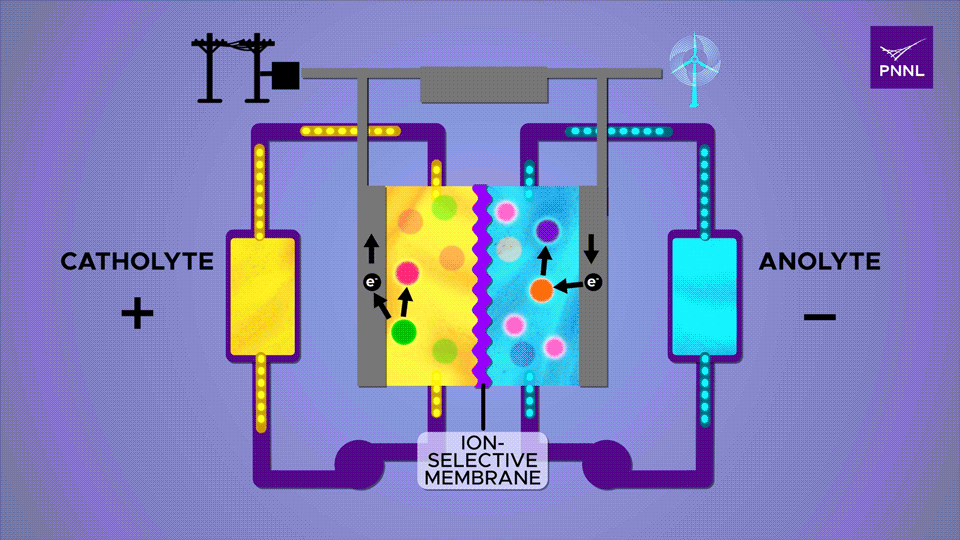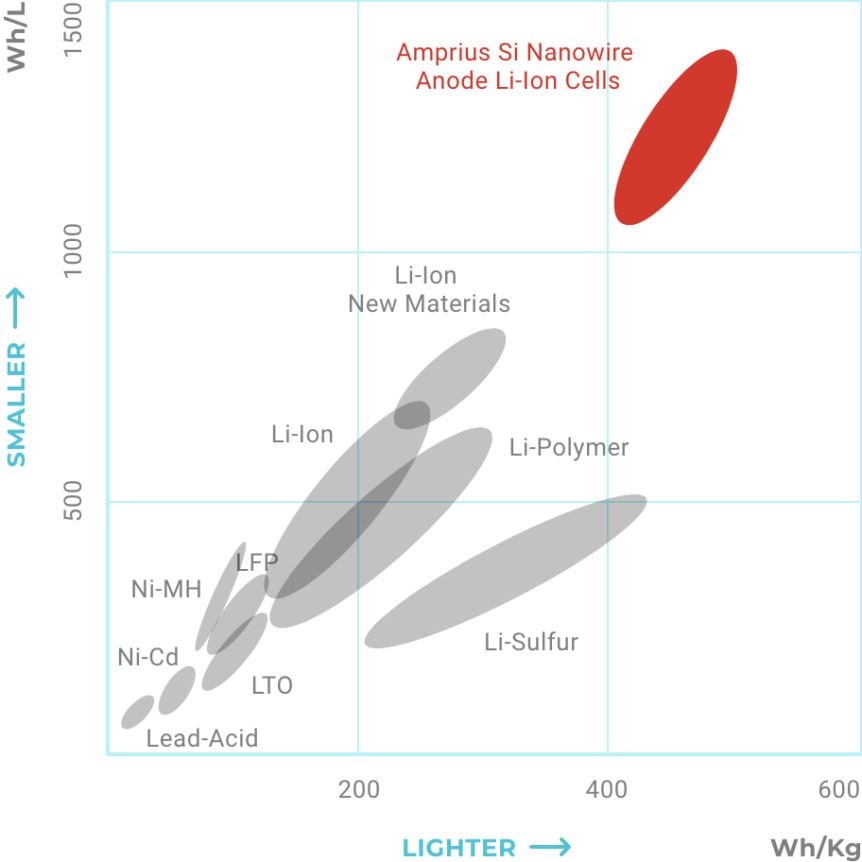What can carry 90 passenger 480 miles on battery power alone? Such a query flies in the face of others’ efforts to hybridize medium-range flight, but may be answered by Delft-based Elysian Aircraft. Their eight-motored, battery-powered E9X uses a backup turbogenerator only for reserves, putting a level of trust in the 365 Watt-hour per kilogram cells buried within the long, slender wing for safe transit. Graham Warwick’s Article Graham Warwick, writing for Aviationweek.com, explains that, “Breaking with traditional design principles, Delft-based Elysian says it has found design space where a large electric aircraft looks viable with near-term battery technology.” That kind of range for that large an aircraft seems extreme, but the E9X’s developers are using currently-available batteries to achieve their goals. Reynard de Vries, director of design and engineering at Elysian, explains, “If you want to make a significant impact on the sector as a whole, then you need to electrify flights up to 1,000 km [620 mi.]. Then …
Silicon and Sugar Make Better Batteries
Two groups of researchers in South Korea and America have added silicon and sugar as ways of gaining more energy from two different types of batteries. The 10X Battery at Last? Researchers at Pohang University of Science & Technology (POSTECH) in South Korea have developed a “layering-charged, polymer-based stable high-capacity anode material.” POSTECH professors Soojin Park (Department of Chemistry) and Youn Soo Kim (Department of Materials Science and Engineering) and Professor Jaegeon Ryu (Department of Chemical and Biomolecular Engineering) of Sogang University think their discovery could increase current electric vehicle range “at least 10-fold.” As noted in this blog many times, the idea of a 10X battery has been a matter of intense research from Yi Cui at Stanford and his research partner Jaephil Cho in South Korea, along with John Goodenough at Rice University and Jeff Dahn at Canada’s Dalhousie University – among others. Silicon and Polymeric Benders One of the bigger problems with using silicon in a battery …
Amprius Ships 450 Watt-hour per Kilogram Batteries
Your editor’s first outing at an electric aircraft symposium was in 2009. At that meeting, Dr. Yi Cui, Stanford professor and battery expert, talked about silicon and its energy density being so much greater than that for graphite. He predicted huge advances for battery chemistry – and now he’s delivering. His firm, Amprius, is shipping 450 Watt-hour per kilogram batteries. Unlike many such companies, Amprius is not projecting these numbers several years out, but delivering now. According to their February 8 press release, Amprius sent its first batch of the energy-dense cells, “…To an industry leader of a new generation of High-Altitude Pseudo Satellites (HAPS).” Your editor guesses that leader is Zephyr, acquired by Airbus and setting endurance records on solar and battery power since its introduction in 2017. One reached 76,100 feet in a 2021 campaign, spending over 36 days (in two flights) at stratospheric heights and equaling the sailplane altitude record set by the Perlan Project in 2018. …
EAS IX: Materials Design for Battery Breakthroughs
Dr. Yi Cui’s presentation title ended with, “from Fundamental Science to Commercialization,” an indication of the long, tough road that new developments are forced to take. Considering that Sony introduced the Lithium battery as a commercial entity in 1991 (and that following at least an 18-year slog from laboratory to mass production), mostly incremental changes have come for the chemistry, echoing Dr. Cui’s pronouncement at EAS III that lithium batteries followed a “growth curve” of about eight percent per year, meaning that about every nine years, they should double in performance. Cui’s estimate has been borne out in reality, Nature magazine reporting in 2014, “Modern Li-ion batteries hold more than twice as much energy by weight as the first commercial versions sold by Sony in 1991 — and are ten times cheaper. But they are nearing their limit. Most researchers think that improvements to Li-ion cells can squeeze in at most 30% more energy by weight.” Cui spoke of attempting …



